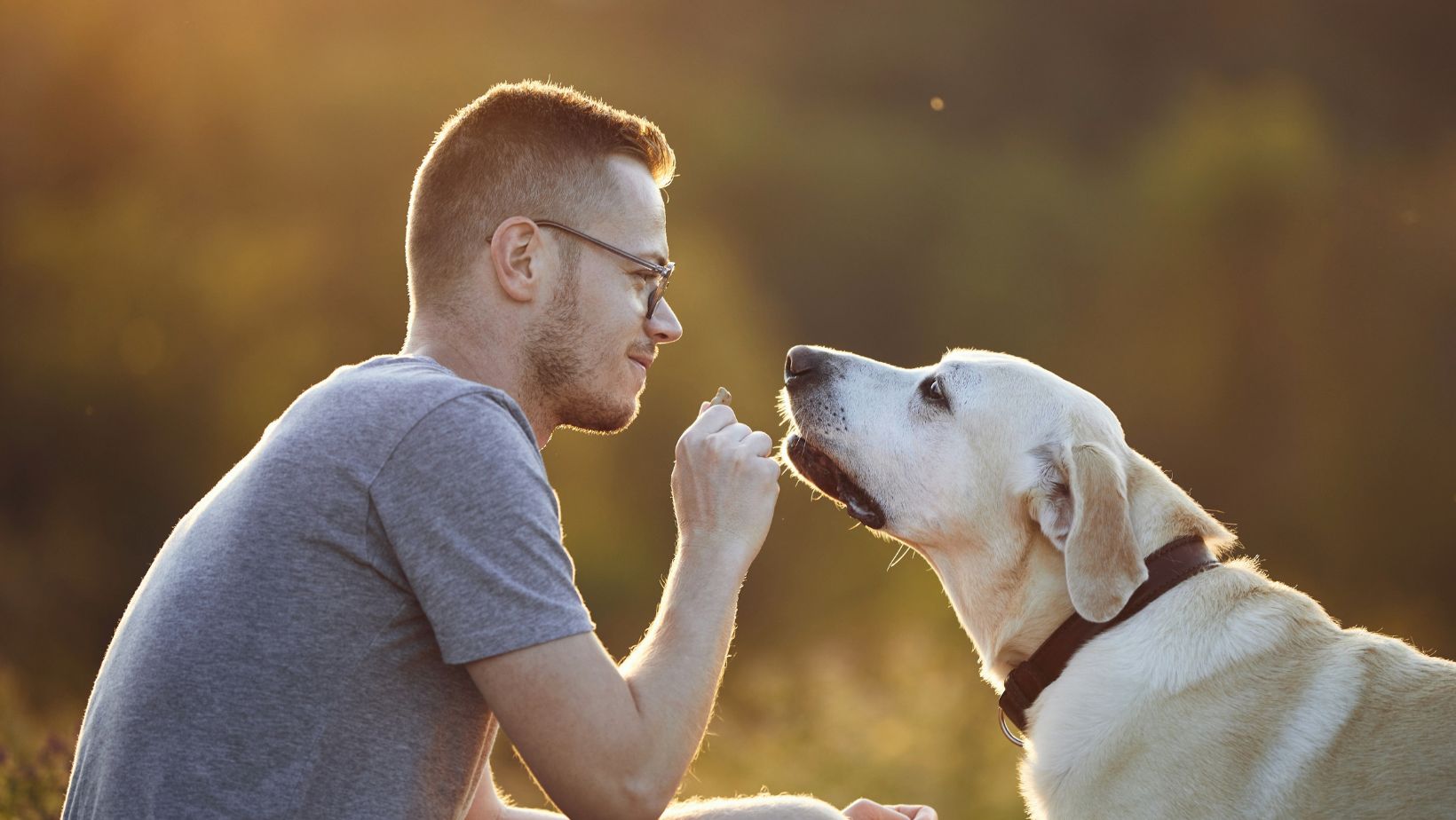Hypertrophic Osteodystrophy in Dogs
If you’re a proud owner of a Labrador, it’s essential to be aware of potential health issues that can affect this beloved breed. One condition that may arise is hypertrophic osteodystrophy (HOD). HOD is an inflammatory bone disease commonly found in young, rapidly growing dogs, including Labradors. Understanding the causes, symptoms, and treatment options for HOD can help you provide the best care for your furry friend.
Hypertrophic osteodystrophy in Labradors typically manifests between the ages of 2 to 7 months. During this critical growth period, puppies may experience sudden lameness and swelling in their limbs. These symptoms can be alarming and often lead concerned owners to seek prompt veterinary attention. Although the exact cause of HOD remains unknown, there are several factors believed to contribute to its development, such as genetics and immune system abnormalities.
Diagnosing HOD requires a thorough examination by a veterinarian and may involve X-rays or other diagnostic tests. Treatment options focus on managing pain and inflammation while supporting your Labrador’s overall health. This typically involves medication, rest, controlled exercise routines, and providing a balanced diet with proper nutrition.
Remember, early detection and intervention are crucial when it comes to hypertrophic osteodystrophy in Labradors. By staying informed about this condition and working closely with your veterinarian, you can ensure your furry companion receives the necessary care to overcome any challenges associated with HOD.
Understanding Hypertrophic Osteodystrophy in Dogs
Hypertrophic osteodystrophy (HOD) is a condition that primarily affects young, rapidly growing dogs, such as Labradors. It is characterised by inflammation and swelling in the long bones of the legs, leading to pain and lameness. As an expert in veterinary medicine, I’ll provide you with a comprehensive understanding of this condition.
What Causes Hypertrophic Osteodystrophy?
The exact cause of HOD remains unknown, but it is believed to have a multifactorial origin involving genetic predisposition and environmental factors. Large breed dogs, including Labradors, are more prone to developing this condition compared to smaller breeds.
Recognizing the Symptoms
Identifying the symptoms of HOD is crucial for early diagnosis and treatment. Here are some common signs to watch out for:
- Lameness: Dogs affected by HOD often exhibit sudden lameness which may shift from one leg to another.
- Pain: The affected limbs may be tender to touch or cause discomfort when pressure is applied.
- Swelling: Swelling around the joints or along the long bones can be observed.
- Fever: Some dogs may also show signs of fever and general malaise.
If your Labrador displays any of these symptoms, it’s important to consult with a veterinarian promptly for an accurate diagnosis.
Diagnosing Hypertrophic Osteodystrophy
Diagnosing HOD involves a combination of physical examination, medical history review, and diagnostic tests such as X-rays and blood work. X-rays can reveal characteristic changes in the bone structure that are indicative of GOD.
Treatment Options
Treatment for HOD focuses on managing pain and inflammation while supporting overall bone health during growth spurts. This typically involves:
- Pain medication: Nonsteroidal anti-inflammatory drugs (NSAIDs) can help alleviate pain and reduce inflammation.
- Restricted activity: Rest is essential to prevent further stress on the affected limbs.
- Dietary adjustments: Providing a well-balanced diet rich in nutrients, especially calcium and phosphorus, can aid in healthy bone development.
It’s important to follow your veterinarian’s guidance regarding medication usage and any necessary lifestyle modifications for your Labrador.
